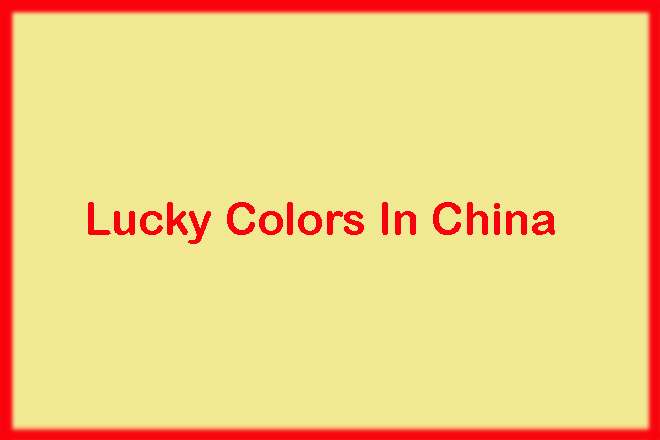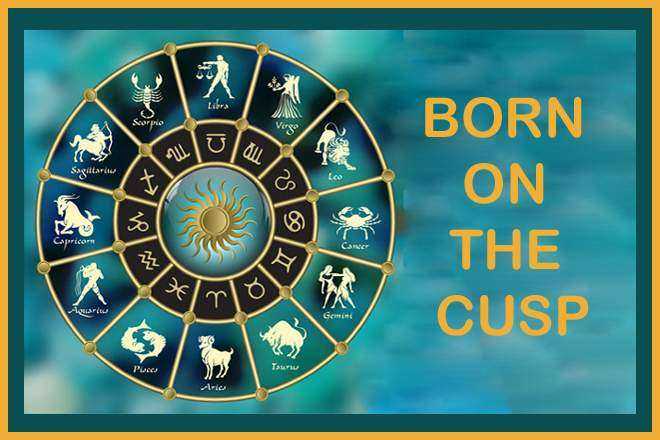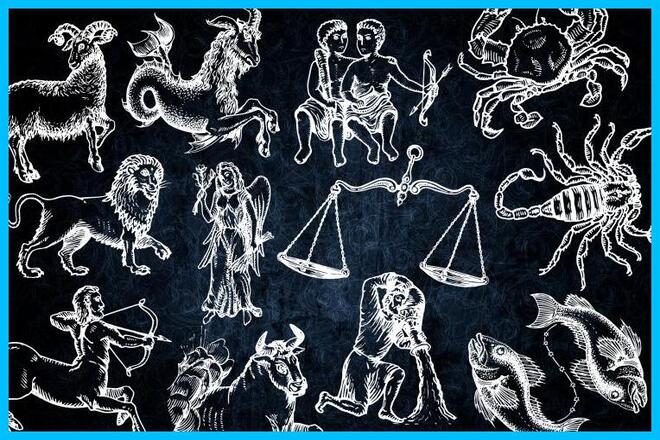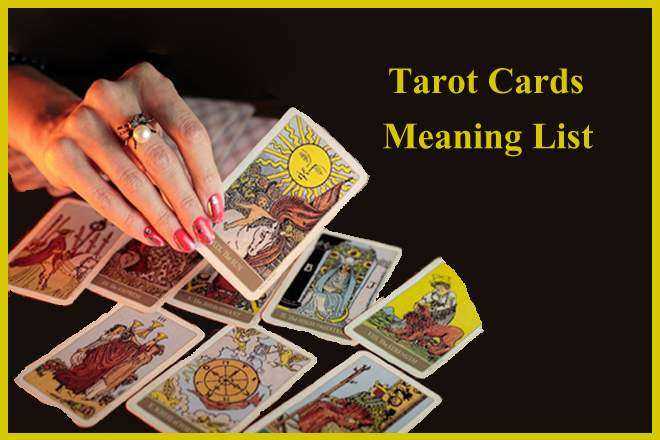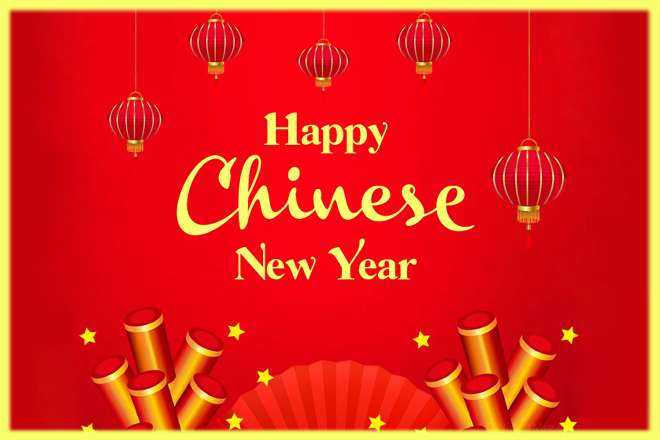Lucky Colors In China, What Color Are Chinese Dragons, What Colors Are Offensive In China, Chinese Colors, Chinese Colors Meaning, Green Color In Chinese, Blue Color In Chinese, Green In Chinese Culture, Bad Luck Colors, What Is The Color Of Good Luck, Colors Are Important To Chinese Culture
Lucky Colors In China, Chinese Colors Overview
Color in Chinese culture refers to the specific values that Chinese culture attaches to colors, like which colors are considered auspicious (吉利) or inauspicious (不利). The Chinese word for “color” is yánsè (顏色). In Classical Chinese, the character sè (色) more accurately meant “color in the face” or “emotion.” It was generally used alone and often implied sexual desire or desirability. During the Tang Dynasty, the word yánsè came to mean all color. A Chinese idiom which is used to describe many colors, Wǔyánliùsè (五颜六色), can also mean colors in general.
Lucky Chinese Zodiac Colors, Lucky Colors for Chinese Zodiac
1- Rat – Black, Blue
2- Ox – Yellow
3- Tiger – Red, Green
4- Rabbit – Green
5- Dragon – Yellow
6- Snake – Purple
7- Horse – Blue
8- Goat – Blue, Green
9- Monkey – Gray, Purple
10- Rooster – Blue, White
11- Dog – Black, White
12- Pig – Brown
Lucky Colors In China, The Top Three Lucky Colors in China
Lucky Colors In China
Colors are essential to Chinese culture as they are endowed with lucky meanings. The three primary lucky colors considered lucky in people’s daily lives and special occasions are red, yellow, and green. We have also covered color combinations preferred in China. Lastly, we have provided some insight into unlucky colors for your awareness.
The Top Three Lucky Colors in China
1- Red — Happiness, Success and Good Fortune
Red represents fire and is the most popular color in China. It is also the national color representing happiness, beauty, vitality, good luck, success, and good fortune.
lucky colors in Chinese culture Red envelopes (and unusual yellow envelopes) for lucky money
Red is famously popular concerning anything Chinese and is widely used during festivals and important events like weddings.
Red lanterns adorn businesses and residences. Double rows of red “Xi” (happiness) letters are pasted on gates and doors. People wear red during weddings, festivals, and other celebratory events. Red envelopes are stuffed with money and given as gifts during Chinese New Year.
2- Yellow — Royalty and Power of the Throne
The first Emperor of China was known as the Yellow Emperor. Thus, China was often referred to as ‘Yellow Earth,’ and its mother river is the Yellow River. This is the actual color from an ancient perspective.
Chinese emperor clad in royal yellow robes Chinese emperor clad in royal yellow robes.
During the Song Dynasty (960-1279), yellow glazed tiles were used to build imperial palaces. During Ming (1368-1644) and Qing (1636-1911) Dynasties, emperors were dressed in yellow imperial robes. They rode in “yellow palace” carriages and traveled on “yellow paths.” Official flags were yellow.
Official seals were packaged in yellow fabric. Overlooking the Forbidden City from Beijing Jing Mountain, one can see a sea of yellow glazed tile roofs. Gilded copper urns and animals adorn many palaces. In Chinese Buddhism, yellow is associated with freedom from material needs, and monks wear yellow robes.
3- Green — Money and wealth
Green is the color of wealth, fertility, regeneration, hope, harmony, and growth. Green also represents purity and cleanliness. Buildings, banks, and restaurants are often painted green. Packaging for milk or produce is often in green to indicate that the product is contamination-free.
Other Colors of Significance
In Chinese Five Elements Theory, a traditional philosophy about natural interactions used in Fengshui, etc., red represents ‘fire,’ yellow ‘earth,’ white ‘metal,’ black ‘water,’ and green (or blue) ‘wood.’
1- Blue
Blue is usually seen in combination with green or black. Blue can represent wood and symbolizes spring, and it brings a positive meaning. Blue stands for healing, trust, and long life. Shades of green/blue are used to decorate homes for longevity and harmony.
2- Black
Black corresponds to water and is considered a neutral color in Chinese culture and is the color of heaven, symbolizing the northern and western sky. This color represents immortality, knowledge, stability, and power. Because of this, government cars are all black. The police uniform is also black to project authority and control.
3- Gold
Gold is a color of richness and nobility — similar to how it’s perceived in the West. Combinations of gold and red are seen on special occasions and are a winning color combination for packaging consumer goods.
Unlucky Colors, Lucky or Neutral Colors with Negative Meanings
Unlucky Colors
Successful real estate company Lianjia is branded in green and yellow. Mixing colors in China, i.e., combining the primary color with bits of another positive-meaning color, is common and can have varied interpretations and meanings.
White
This is the color representing metal and is associated with death and mourning. The Chinese wear white at funerals.
Lucky or Neutral Colors with Negative Meanings
Green can be considered to be unlucky as it is associated with infidelity. A man wearing a green hat is said to have an unfaithful wife.
Black can be considered unlucky, too, given its association to the darkness and secrecy. The word ‘mafia’ translates to ‘black society’ in Chinese.
Lucky Colors In China, What Color Are Chinese Dragons, What Colors Are Offensive In China, Chinese Colors, Chinese Colors Meaning, Green Color In Chinese, Blue Color In Chinese, Green In Chinese Culture, Bad Luck Colors, What Is The Color Of Good Luck, Colors Are Important To Chinese Culture, USA UK Canada Australia South Africa India




